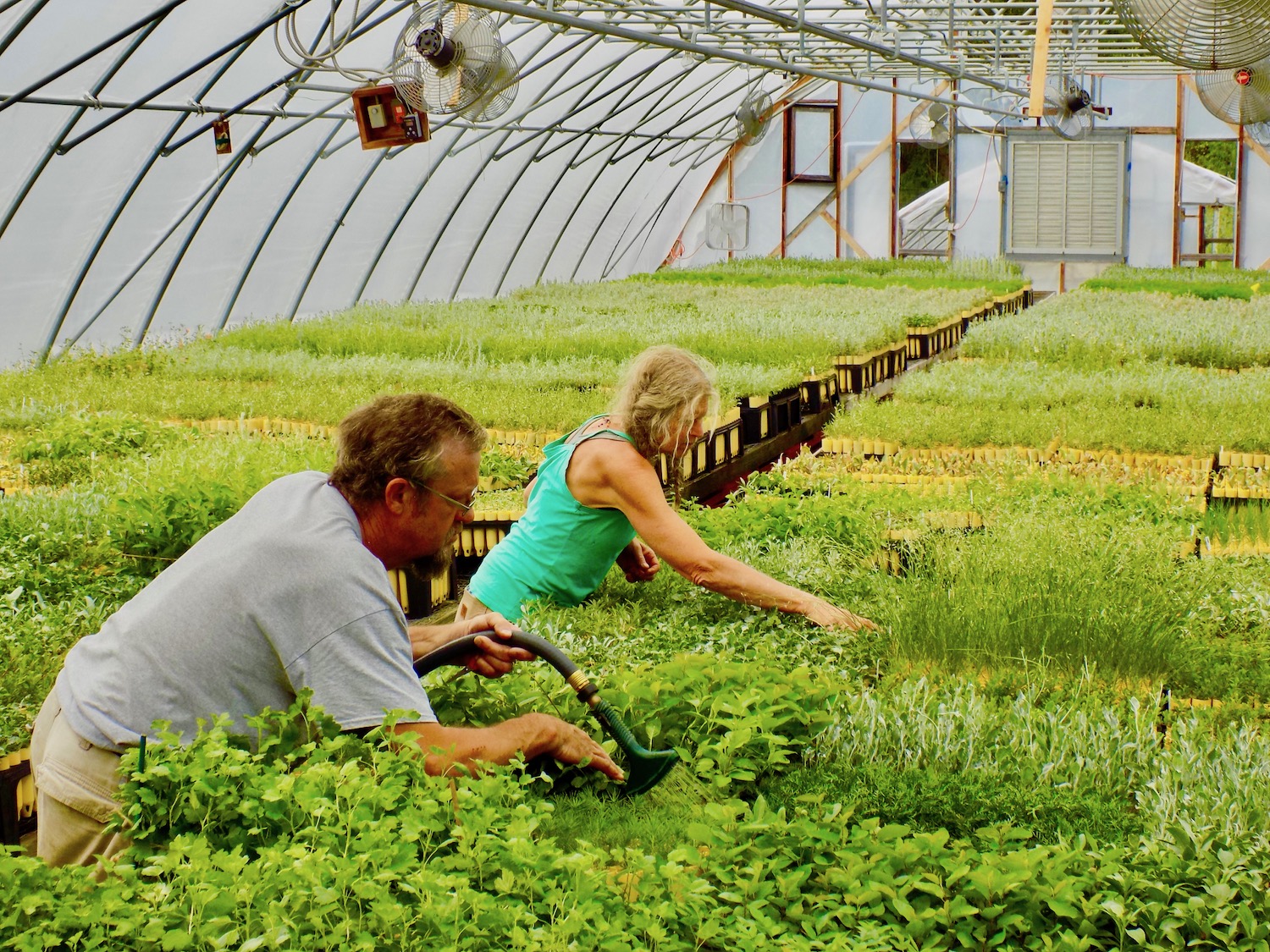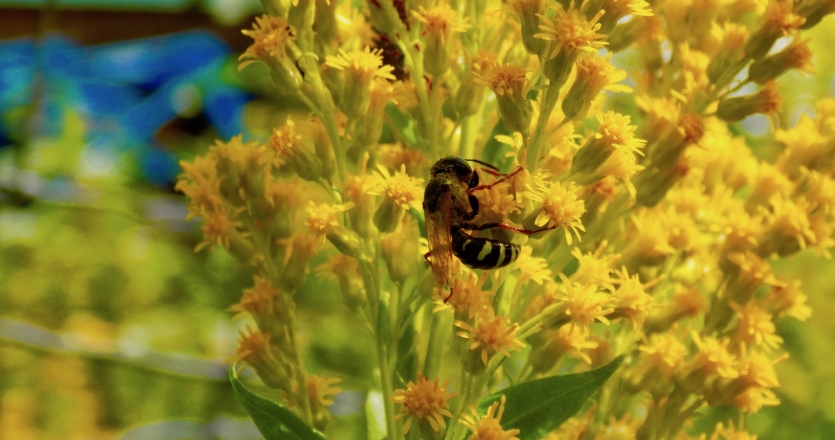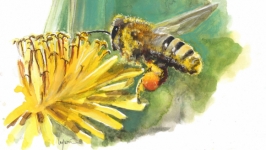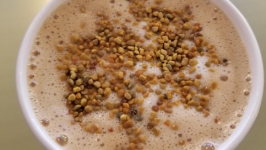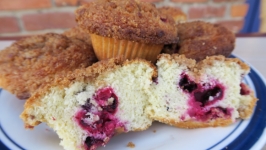Nurturing the Natives
Jim Crawford craned his neck as a pollen-dusted bumble bee bobbed and weaved around a radiant scarlet phlox before ducking into the confines of its petals.
“I see something buzzing around there right now,” said Crawford, peering into the flower. “I can see him down in there, crawling down in the flower.”
Crawford and his wife, Margo Conitz, have dedicated their lives to restoring landscapes across the West by raising millions of various native plant species at Twin Peaks Nursery in Lake Fork, which the couple opened together 25 years ago. Each year they tend to some 60,000 native plants in their 4,000-square-foot greenhouse, plus another 5,000 plants outside of it.
The plants include species like wild phlox, penstemons and buckwheat and even Idaho’s state flower, Syringa. Eventually, the plants are shipped out for planting at restoration sites across the West for agencies like the Bureau of Land Management or private businesses like Idaho Power.
But without the help of pollinators like bees, all of Crawford and Conitz’s work would be for naught.
“When the bees are in there getting nectar out of there, they get pollen on them and then they go to a different flower and there you get your cross-pollination,” Crawford said.
For bees and other pollinators, the process is merely a heist of sweet nectar that provides them with nourishment. For plants, it starts the process of producing new seeds from diverse gene pools that grow hardy plants with genetics tailored to specific habitats.
For humans and other mammals, it is everything.
Worldwide, pollinators have a hand in everything from delicacies like chocolate and coffee to essentials like almonds, bananas and sugarcane. In Idaho, pollinators are to thank for all of the state’s top-produced fruits, including apples, cherries, grapes, peaches and more. Each handful of juicy huckleberries are the product of busy springs for local honeybees. Above all, pollinators are responsible for helping produce nuts, berries and other food sources that sustain wildlife and maintain healthy ecosystems.
Back at Twin Peaks Nursery, the tireless work of bees, bats, butterflies and more than 400 other pollinator species native to Idaho is what enables Crawford and Conitz to raise plants for habitats hundreds of miles away. The process begins with nurturing seeds harvested from plants at specific restoration sites, which passes genes to the seedlings that enable it to thrive in its destined habitat.
Perennial wildflower species grown at the nursery will be nurtured until ready for replanting in the wild, where pollinators will again flock to the plants and aid them with reproduction and population growth. The presence alone of these native plants helps the entire ecosystem flourish by providing food sources and pollinator habitats, a lack of which is one of the biggest global threats facing pollinators today.
“We’ve been lucky enough to be able to go back to some of these sites, like, 10 years later and it’s pretty rewarding to see when they actually have taken hold and grown well,” Conitz said.
Two restoration projects the couple is working on involve growing sagebrush to restore desert habitats: one in central Washington and the other near Mountain Home. A wet and humid spell this spring in Valley County nearly choked out the Mountain Home sagebrush, while the central Washington sagebrush happily soaked up the extra moisture.
Since then, Crawford and Conitz have been working to nurse the Mountain Home sagebrush back to health, a task aided by the hot and dry summers of western Idaho. “You do get sick plants,” Crawford said while closely inspecting the sagebrush. “That’s part of the deal.”
Similarly, the nursery is growing lodgepole pines for two different restoration projects. Trees grown from seeds at a proposed mine site near Yellow Pine grow half as quickly as those from seeds of trees in the floor of Valley County despite growing side by side in identical conditions.
These genetic traits that manifest themselves in front of Crawford and Conitz’s eyes are also a product of cross-pollination, but through a very different means. Sagebrush, conifers and crops like corn, barley, oats, wheat and rice all employ wind to transport pollen from one plant to another.
“It’s just really cool how many different mechanisms there are that plants have for producing the pollen, distributing the pollen and pollinating different plants of their species,” Conitz said.
The couple acknowledges that the year-round work associated with nurturing tens of thousands of plants from seedlings can be “repetitious,” but maintain that the critical nature of the work in preserving global ecosystems makes it pay off.
“If you get the big picture and you know what you’re doing it for, that’s what we get out of it—knowing what it’s for and where it’s going to end up,” Crawford said.


